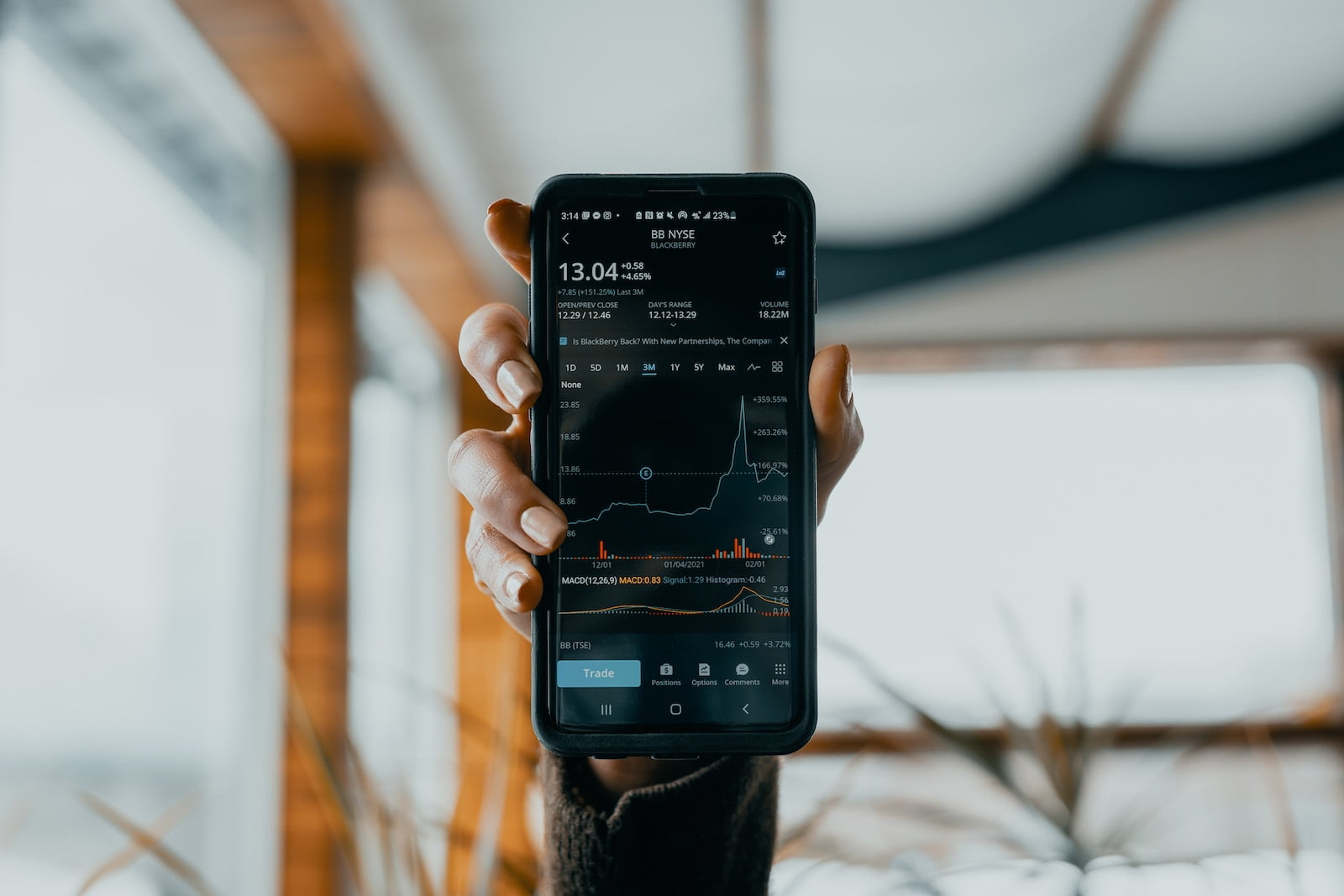
Understanding GMI in Trading: A Comprehensive Guide
Introduction:
In the ever-evolving world of trading, it’s crucial to stay updated with the latest industry jargon and concepts. One such term that has gained prominence is GMI, which stands for Global Market Index. In this article, we will delve into what GMI is, how it is used in trading, and its significance in the global financial ecosystem.
Defining GMI:
The Global Market Index (GMI) refers to a composite index that measures the performance of multiple global financial markets simultaneously. It provides traders and investors with a comprehensive overview of the overall market trends by incorporating data from various sectors, countries, and asset classes.
Components of GMI:
GMI includes a wide range of assets such as equities, bonds, commodities, and currencies. By diversifying across different asset classes, GMI aims to capture the performance of the global financial markets as a whole, rather than focusing on specific sectors or regions.
Benefits of GMI:
- Comprehensive Market Snapshot: GMI allows traders to assess the overall health and direction of the global markets quickly. It provides a bird’s-eye view of various sectors, helping investors make informed decisions based on broader trends rather than isolated market movements.
- Diversification: GMI’s multi-asset approach offers investment diversification, minimizing risks associated with concentration in a particular geographical region or sector. This comprehensive exposure can potentially lead to better risk-adjusted returns over the long run.
- Risk Management: By tracking the performance of different asset classes, GMI helps traders identify potential correlations, diversify risks, and hedge against adverse market conditions. This can be particularly useful during times of economic volatility or geopolitical uncertainty.
- Benchmarking: GMI serves as a benchmark against which traders and portfolio managers can compare the performance of their investments. It allows for a comparative analysis of portfolio returns and helps in determining the effectiveness of investment strategies.
Trading Strategies Using GMI:
Several trading strategies can be implemented using GMI. These strategies include trend following, mean reversion, and momentum trading. Traders can also use GMI as a signal for market entry or exit points, based on their preferred trading style and risk tolerance.
Conclusion:
In conclusion, GMI (Global Market Index) is a valuable tool for traders and investors alike, offering a comprehensive view of global markets’ performance. With its multi-asset composition, GMI enables diversification, risk management, and benchmarking. By incorporating GMI into trading strategies, individuals can make more informed decisions and potentially achieve better financial outcomes. Stay updated with GMI trends and leverage its insights to navigate the dynamic world of trading successfully.

